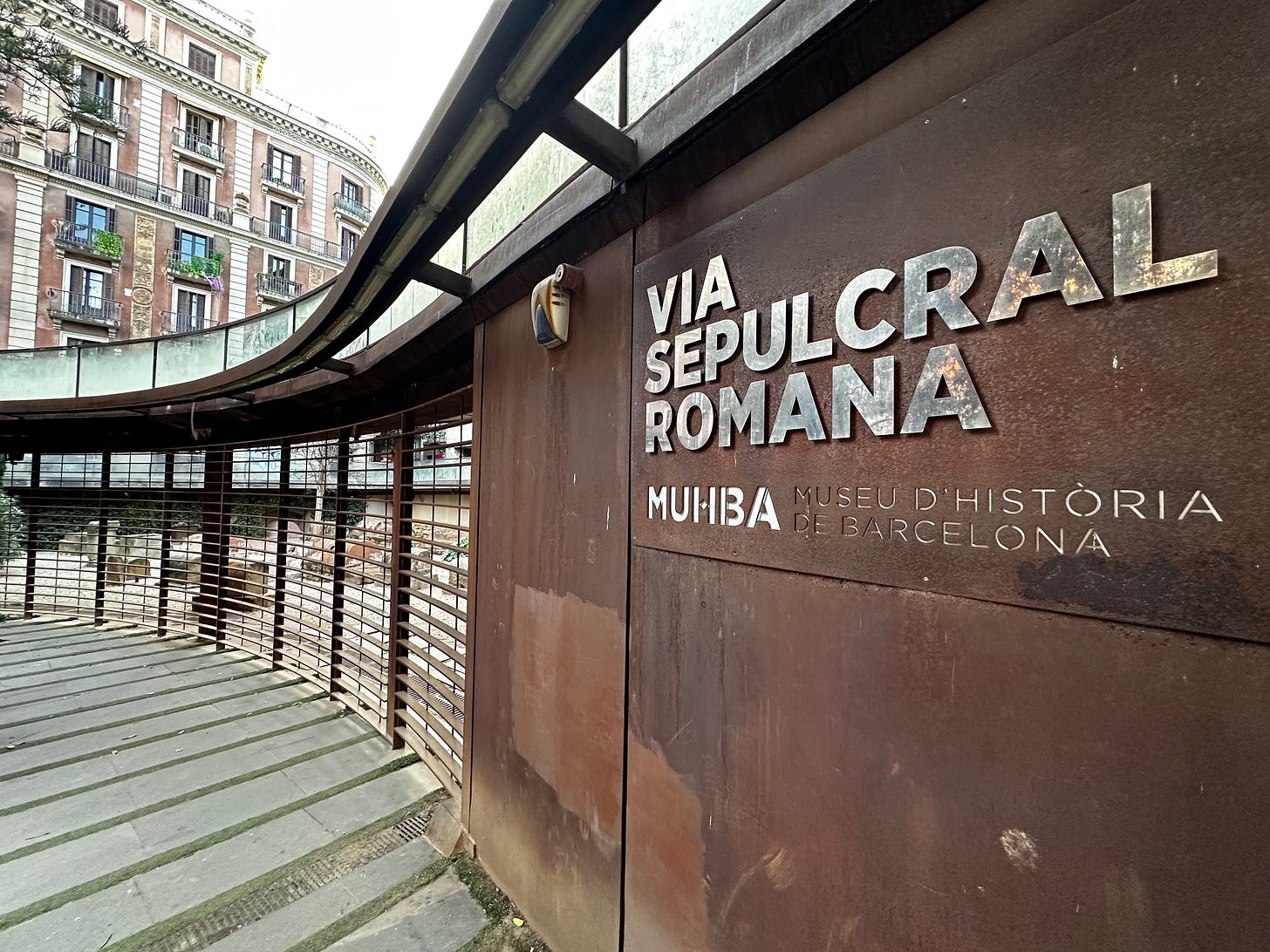Unearthing the Roman Soul of Barcelona: A Visit to MUHBA - Via Sepulcral Romana
A Quiet Corner Where Barcelona’s Ancient Past Comes to Life
Barcelona, with its dynamic blend of modernist architecture, medieval alleyways, and cosmopolitan flair, often overshadows the quieter echoes of its Roman origins. Yet, it was a Roman outpost long before it became the vibrant city we know today. While strolling through the bustling streets near La Rambla and Plaça Catalunya, …
Keep reading with a 7-day free trial
Subscribe to Escribitionist.com to keep reading this post and get 7 days of free access to the full post archives.


